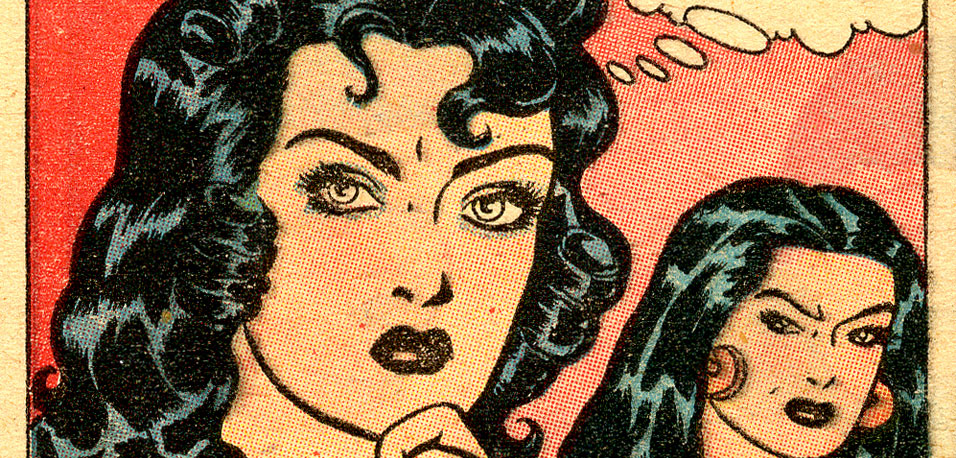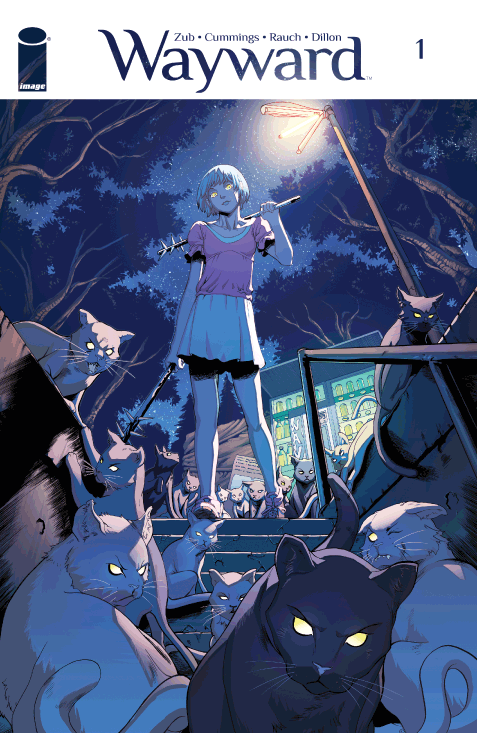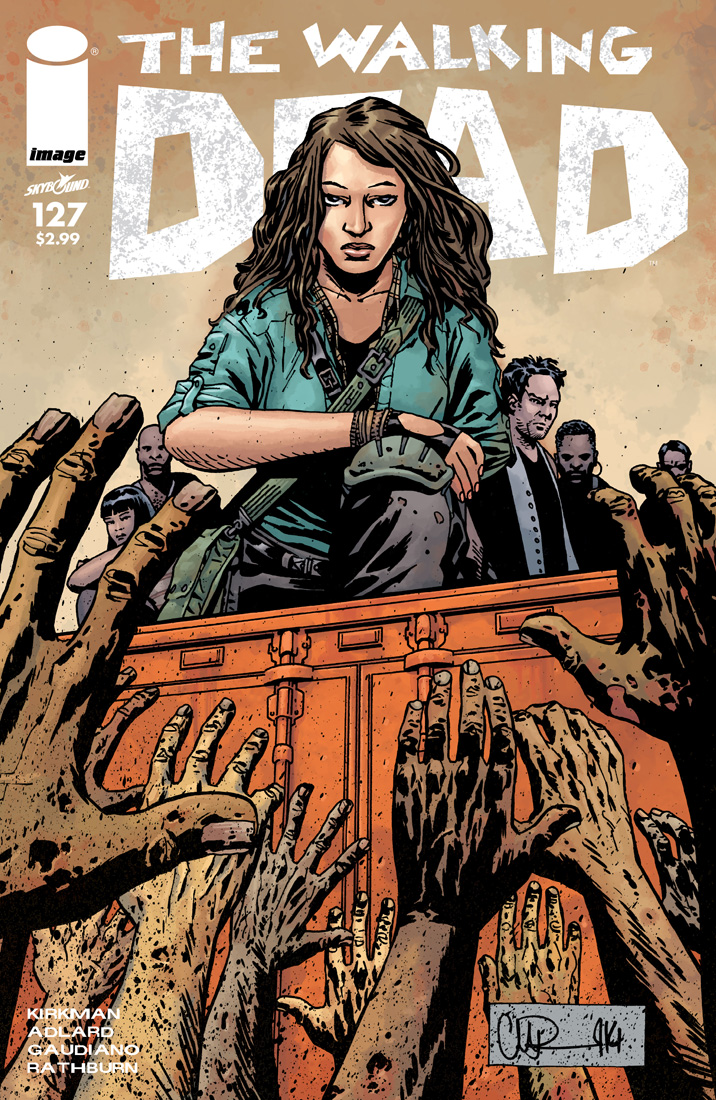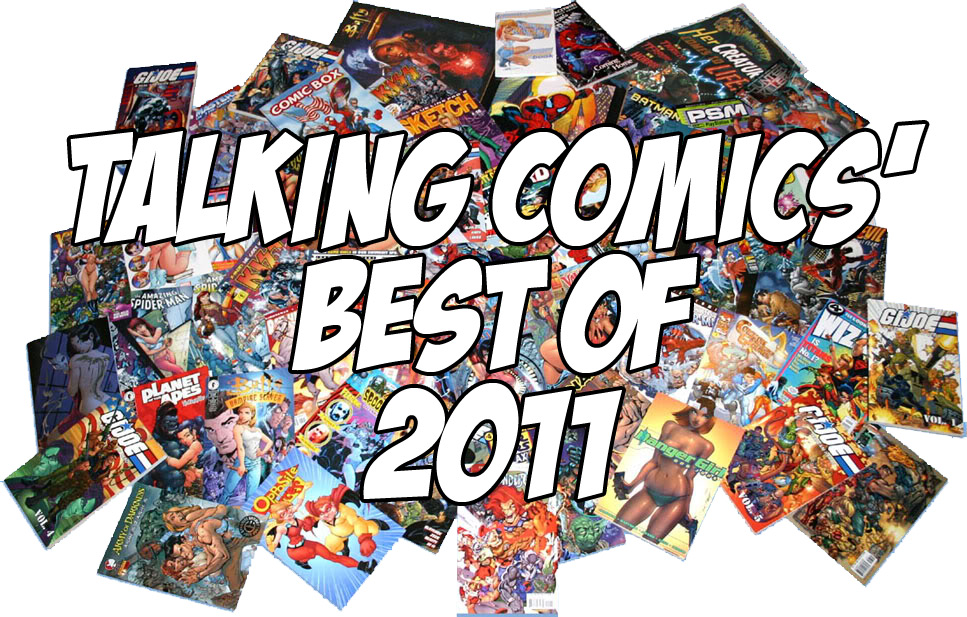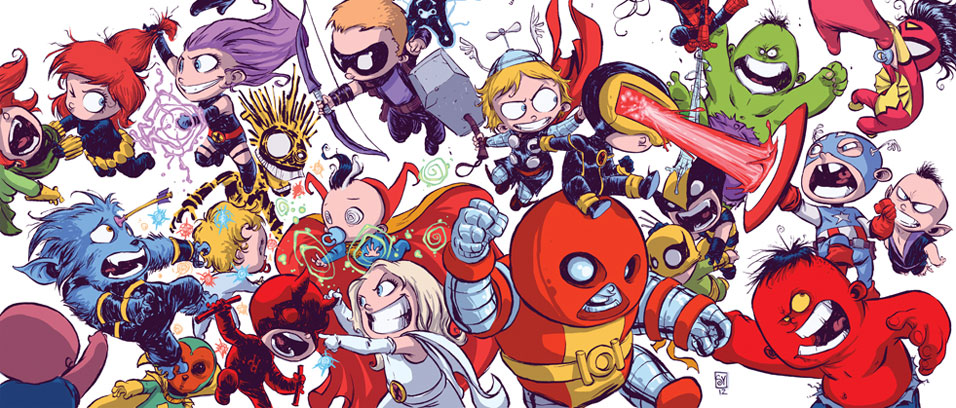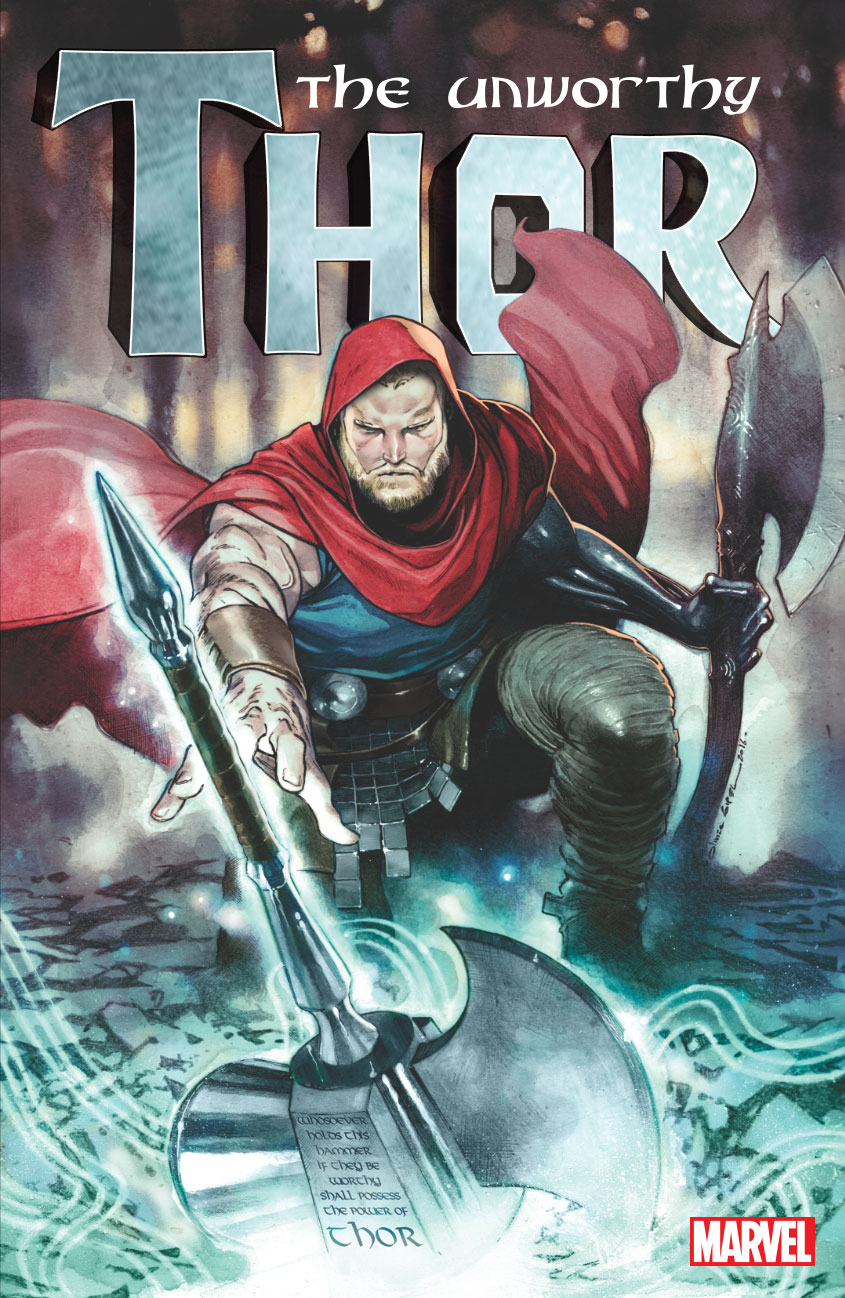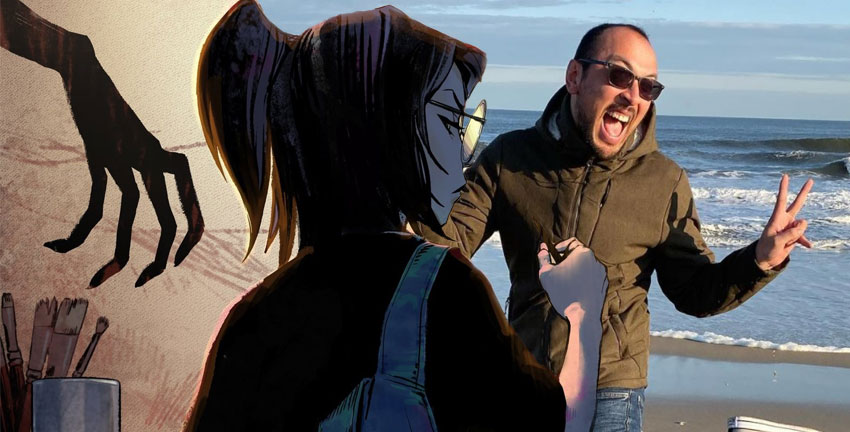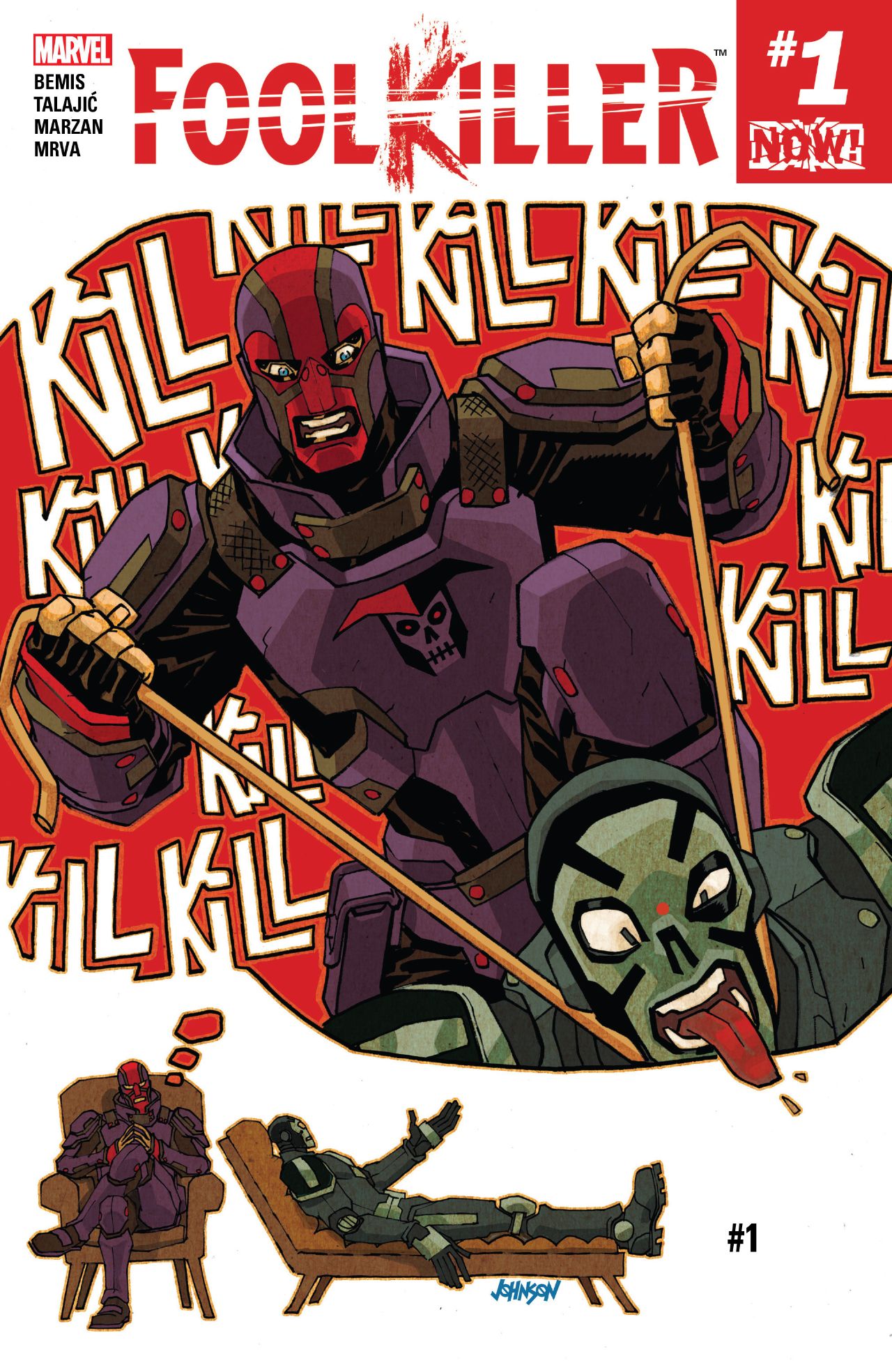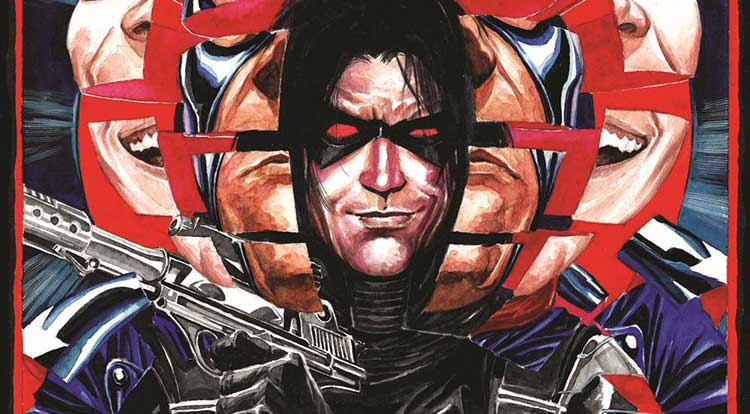When Marvel teased their new X-Men series, people were in a tizzy deciphering the image. A segment of DNA, with XX embedded in the strand. When it was confirmed as an all-female team, everyone had an opinion, including writer Brian Wood.
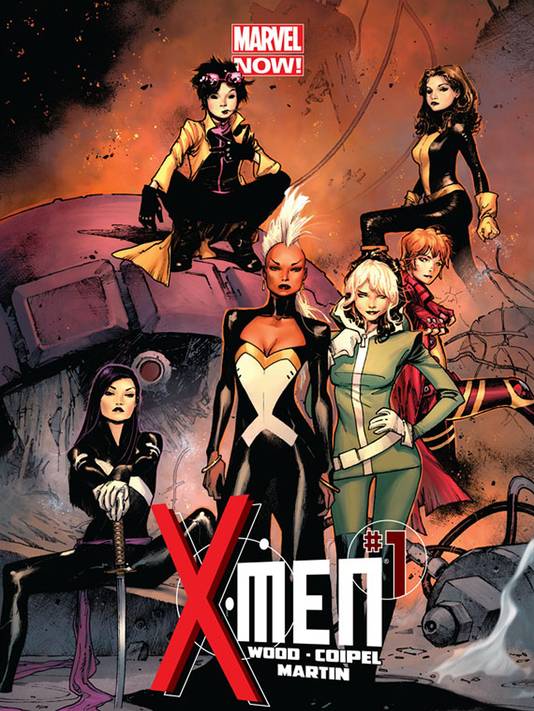
Wood’s approach to the book is a breath of fresh air. In a universe where X-Women exists, it is nice to know that there are male writers who don’t view their work as a T&A show. He views the women in the franchise as indispensible assets to every team and claims they truly run the show. It is hard to argue with him; Kitty was Headmistress of Jean Grey School, and Storm has stepped up to take her place. Rogue has shown leadership through the X-Men: Legacy series before Marvel NOW!, and Psylocke held a position of respect on Remender’s Uncanny X-Force.
Many people were excited about the new series. Frankly, it’s about time we had a book that featured some of Marvel’s strongest female characters. The X-Men universe has traditionally featured a wide variety of fan-favorite female characters, like Dazzler, Emma Frost, and Scarlet Witch. The women of X-Men have played significant roles in major storylines, Dark Phoenix and House of M coming to mind. It makes perfect sense to tell a story about their escapades on a regular basis.
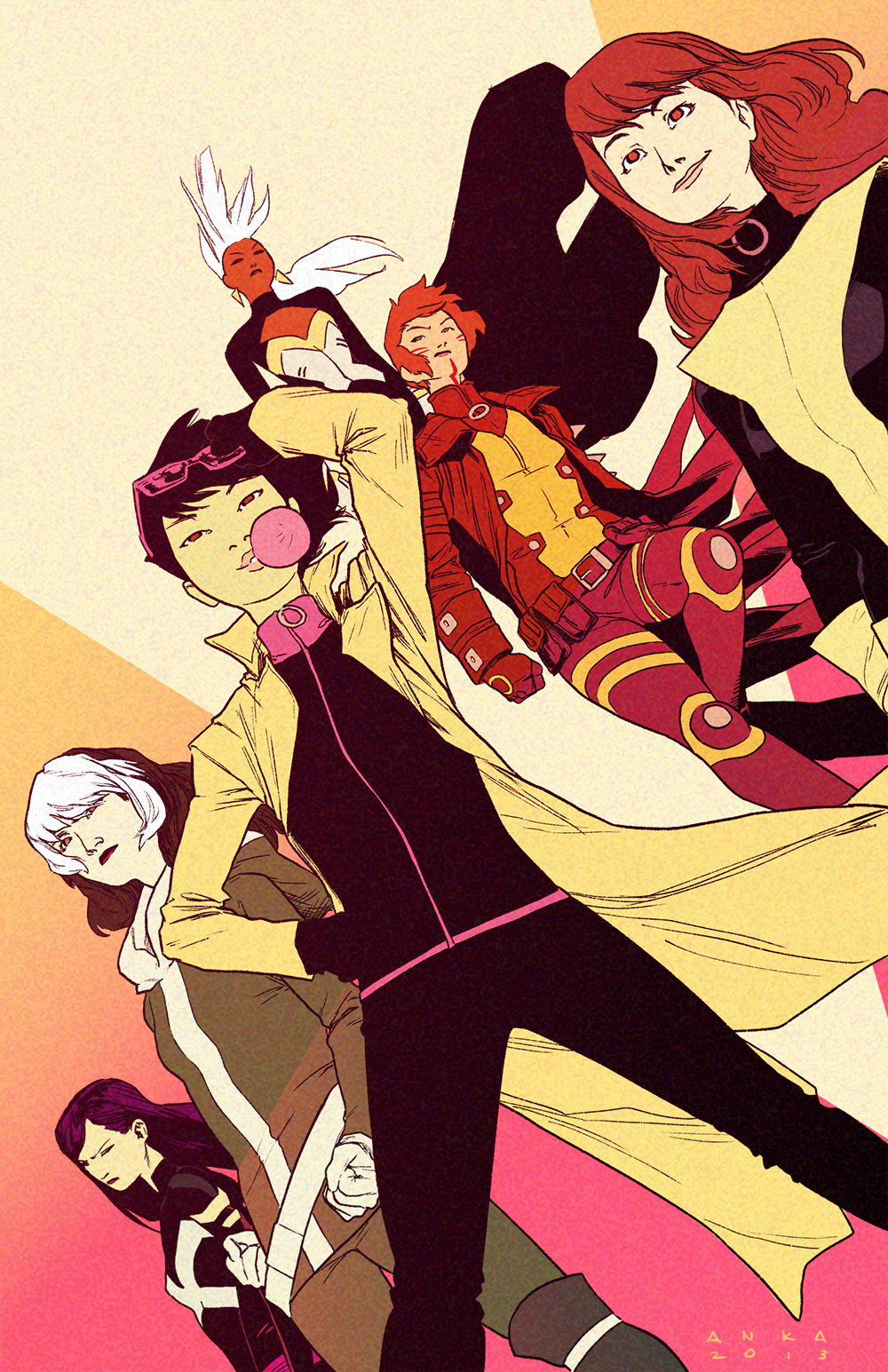
Wood has made it clear that X-Men is not a book that features sleepovers and talking about boys. It is a “straight forward action-adventure, epic fight scene, big villain, bombastic X-Men book”. The only difference between any traditional team book and Wood’s X-Men is the gender make-up.
The backlash, however, is enough to bring any X-Men fan down. Comments implied that Wood should add some men to the team to make it “better”, and others outright chastised him for this reverse sexism. Wood stood his ground, citing over and over that the core of the team is the initial six women. Other characters (including men) will come in and out, but the focus will be on female members of the X-Men universe.
So, why is this so offensive? Why are there comic book fans who are disappointed with the release of one all-female book?
Some readers are still of the opinion that women do not belong in comic books. This is reflected in sales figures, panel time, and media promotion. This perspective is difficult to tease out. It could be a result of stigma many comic book readers endured over the years, eventually creating a boys’ club mentality. It could be the history of comic books themselves, taking into account that most of the people who founded the comic book industry as we know it were men. It could be the portrayal of women in comics over the years. Whatever the cause, the controversy over a book like X-Men is unsettling.
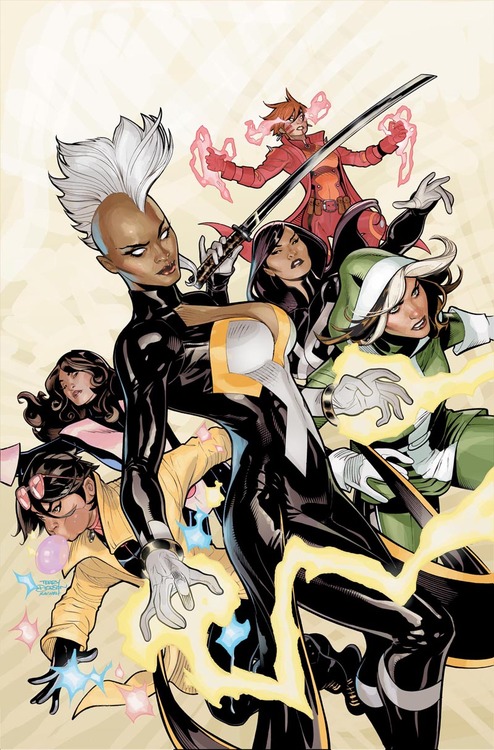
X-Men is just the tip of the iceberg when it comes to women’s roles in comic books. From the announcement of this title, we’ve seen sexism that is unacceptable in any other setting. Through this column, we’ll explore how gender issues are handled in comic books. We’ll look at the characters, the creators, and the readers. My wish for you as a consumer is to think critically about what you are reading and the broader impact of the material.
Let us know in the comments what you think about Wood’s upcoming series X-Men (coming to your comic book shop May 29th) and why it matters to you. Be sure to check back here on Talking Comics the second and fourth Friday of every month for Gender Issues.


